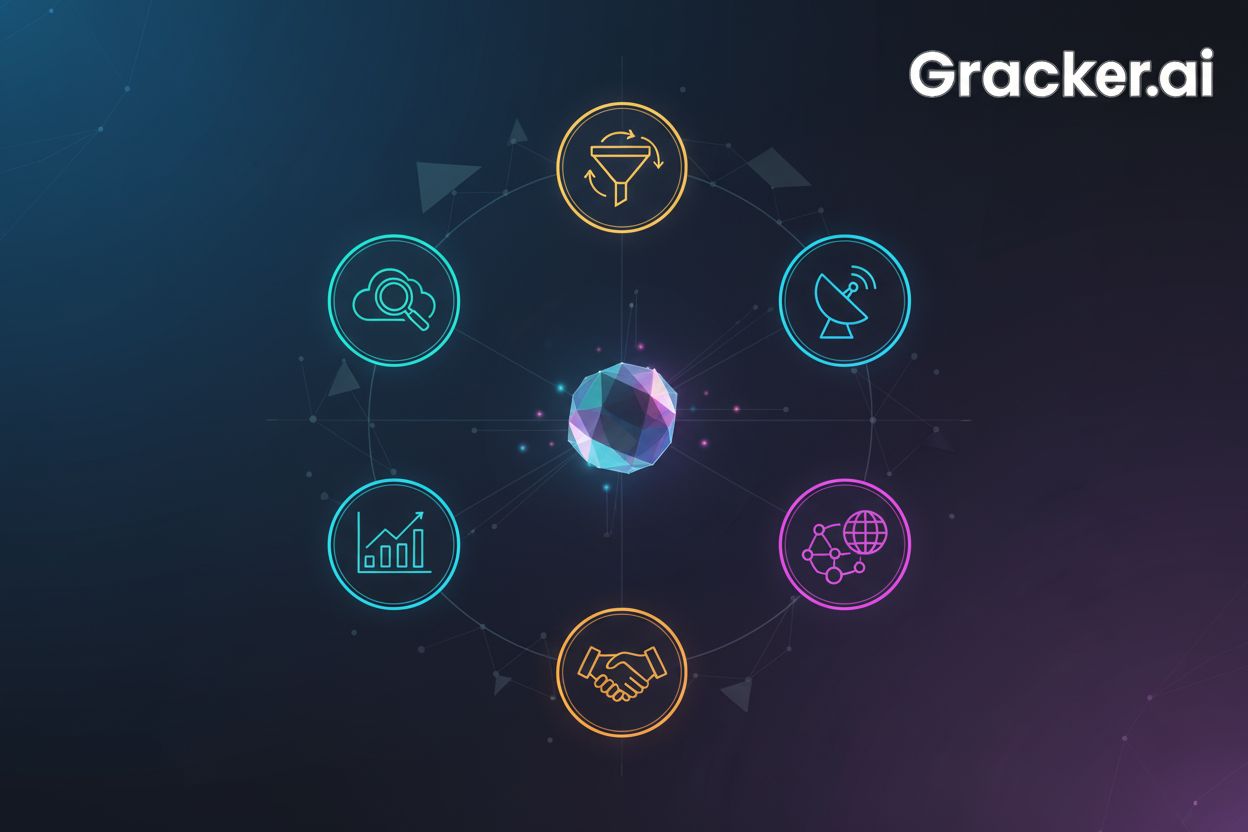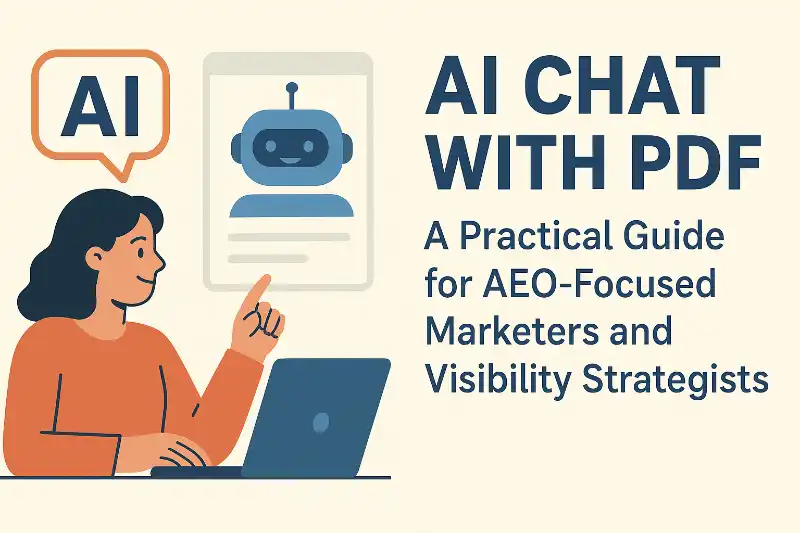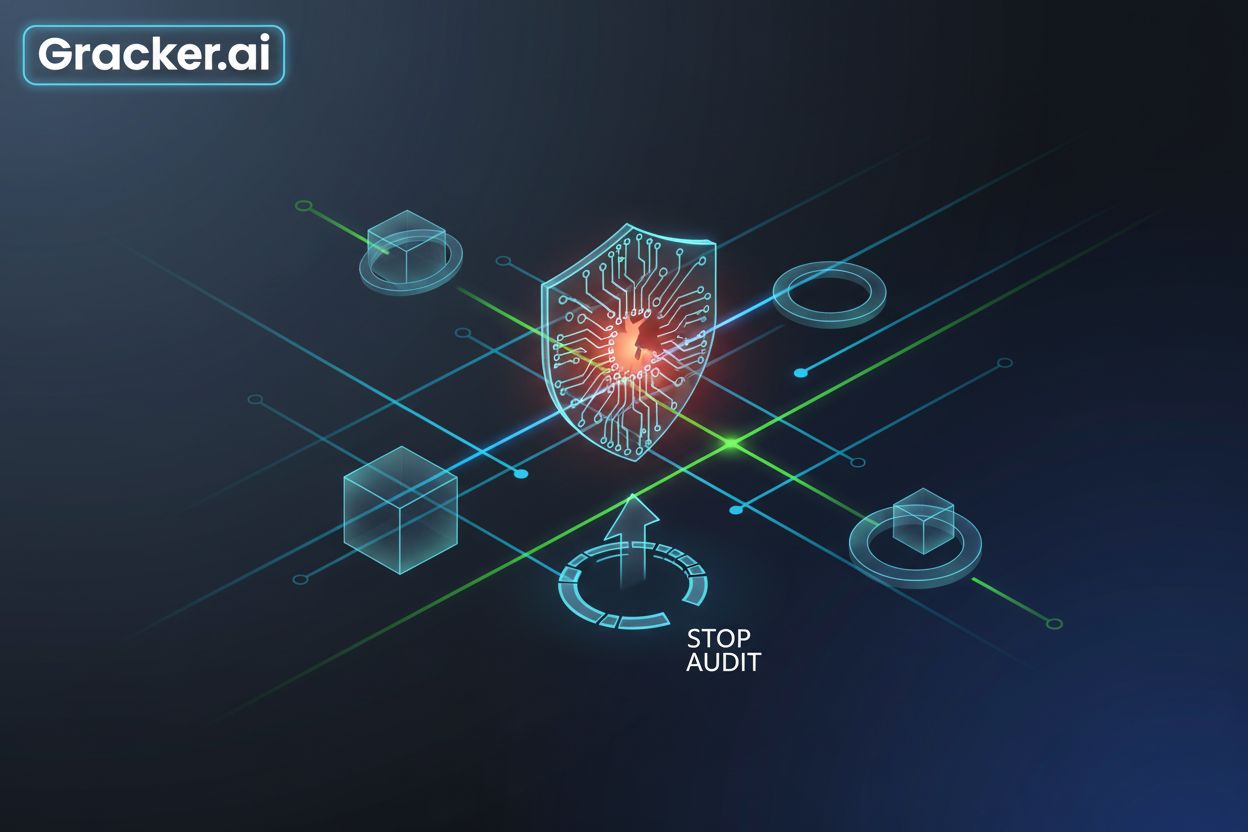A Comprehensive Review of Growth Hacking Concepts
TL;DR
Understanding the Core of Growth Hacking
Growth hacking, huh? It's not just the latest buzzword floating around; it's a way of thinking. Did you know a 5% monthly improvement in conversion rates can lead to an 80% annual increase (How to boost conversion rate by 5% each month - LinkedIn)? Pretty wild.
Basically, growth hacking is about finding the most efficient ways to grow a business. It’s not just marketing, it's kinda like, integrating growth strategies across the entire business. Here's the deal:
- It's a methodology focused on experimentation. Forget gut feelings; we're talking data.
- It bridges the gap between strategy and action, especially important in fields like B2B SaaS and cybersecurity. It's about doing, not just planning.
- Growth Hacking Capability (ghc) is a methodological approach that promotes experimentation across the entire business value chain. It's essential for small- and medium-sized enterprises (smes) looking to boost their growth. This capability involves establishing a dedicated team or function, defining clear experimentation processes, and fostering a culture that supports rapid testing and learning. It’s about building the infrastructure and mindset to consistently identify, test, and scale growth opportunities.
To better understand this, imagine a healthcare company trying to boost patient engagement. Instead of just running ads, they might experiment with personalized email sequences based on patient health data, or maybe even ai-powered chatbots to answer common questions. See? It's about trying new stuff and seeing what actually sticks.
All this experimentation, though, it's gotta be data-driven. According to a 2025 study in the Journal of Business Research, big data analytics and innovation capabilities are key to growth hacking success.
Next up, we'll get into the key principles and mindset you need to really nail this growth hacking thing.
The Growth Hacking Cycle: A Practical Framework
Alright, so we've got all these growth ideas, now what? It's like having a ton of ingredients but no recipe, haha. That's where prioritizing comes in--it's super important.
So, after scoring, what's next?
- Look at your team's capacity. Don't overload them!
- Think about what the business really needs right now. Is it more users? Better retention?
- Get everyone involved. Have them nominate their top picks.
Before we get to that, though, we gotta talk about scoring. The ICE scoring system (Impact, Confidence, Ease) is, like, a super popular way to rank ideas. You rate each one, say, from 1 to 10, on those three things. Then, average 'em out. Boom, you got a score.
- Impact is how much you think this idea will actually move the needle. Will it be a game-changer, or just a tiny bump?
- Confidence is how sure you are that it'll work. Got data? Seen it done before? Or is it just a wild guess?
- Ease is how easy it is to, y'know, actually do it. Will it take a week, or a whole team months?
But don't just blindly follow the numbers! Scoring isn't a perfect science, and you can’t just assume that the highest scored idea is always a sure shot. Sometimes those lower-rated ideas can surprise you.
think about tweaking the system to fit you. Maybe you want to add in "time" as a factor, turning it into TICe, or tipire (Time, Impact, Confidence, Ease). Or maybe you don't like ice at all! There's also TIR (Time, Impact, Resources) and PIE (Potential, Importance, Ease).
The point is, find a system that works for you and your team. That way, you get the best experiments selected!
And remember, it's a discussion. Debate, argue, hash it out. The more minds on it, the better your chances of picking a winner, right?
Next up, we'll dive into the fun part: actually running those tests!
Growth Hacking in B2B SaaS and Cybersecurity
Okay, so B2B SaaS and cybersecurity, huh? It's not exactly the same playground as, say, e-commerce. You can't just throw discounts at people and expect them to bite. It's a bit more nuanced.
- B2B SaaS needs to focus on keeping customers happy for the long haul. It's not just about getting them in the door; it’s about making sure they stay. Think about a CRM platform; if it isn't constantly delivering value, people will switch.
- Cybersecurity has to be innovative, but also, like, super trustworthy. You can't be all flash and no substance when you're protecting sensitive data. People need to believe in your product.
To achieve this, consider these strategies:
- Content marketing focused on solving specific pain points for your target audience. Write articles and guides that actually help people with their problems. No fluff! For example, a cybersecurity company might create detailed guides on identifying phishing scams, or a SaaS company could offer in-depth tutorials on optimizing their software for specific industry workflows.
- Leveraging partnerships and integrations to expand reach and add value. If your product works seamlessly with other tools people are already using, it makes it a no-brainer to try it out. Think about a project management tool integrating with a communication platform.
- Using referral programs to encourage word-of-mouth growth and build trust. Nothing beats a recommendation from a friend or colleague, right?
And for driving targeted traffic and leads, pSEO and Programmatic SEO can be an amazing way to go. It's all about creating content that directly answers the questions your ideal customers are asking. For B2B SaaS, this could mean optimizing for long-tail keywords related to specific software features or integration needs. In cybersecurity, it might involve targeting searches for solutions to niche security threats or compliance requirements. This approach ensures you're attracting highly qualified prospects who are actively looking for what you offer.
So, where does this leave us? Next up, we'll look at achieving operational excellence.
Achieving Operating Excellence in Growth Hacking
Alright, so you've been growth hacking hard. But how do you keep it all from falling apart, y'know? It's all about getting that operating excellence down-- and that's not just a fancy term, haha.
- Hold weekly growth meetings to review the important stuff: metrics and discuss experiments. This keeps everyone on the same page, and stops things from getting lost. A structured agenda for these meetings might include: a quick review of key growth metrics, updates on ongoing experiments (results and learnings), discussion of new experiment ideas, and assignment of next steps.
- Use a structured agenda so you stay on track and don't waste time. Ain't nobody got time for that.
- Encourage collaboration--consensus is key. This means creating an environment where team members feel comfortable sharing ideas and challenging assumptions respectfully.
- Embrace a culture of learning from wins and losses. It's how you actually get better, trust me. Documenting learnings from both successful and failed experiments is crucial.
- Iterate quickly based on data. Don't sit around for months analyzing stuff. Aim for rapid hypothesis testing and validation.
- Focus on speed and agility. You don't wanna be that company that's always behind, right? This means being adaptable and ready to pivot based on new information.
By focusing on these operational aspects, you can ensure your growth hacking efforts are sustainable and consistently drive results. It's about building a robust system that allows for continuous improvement and innovation.





